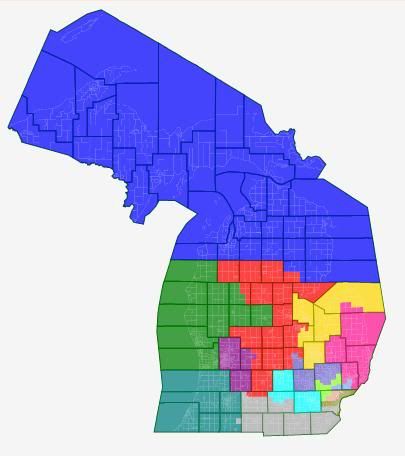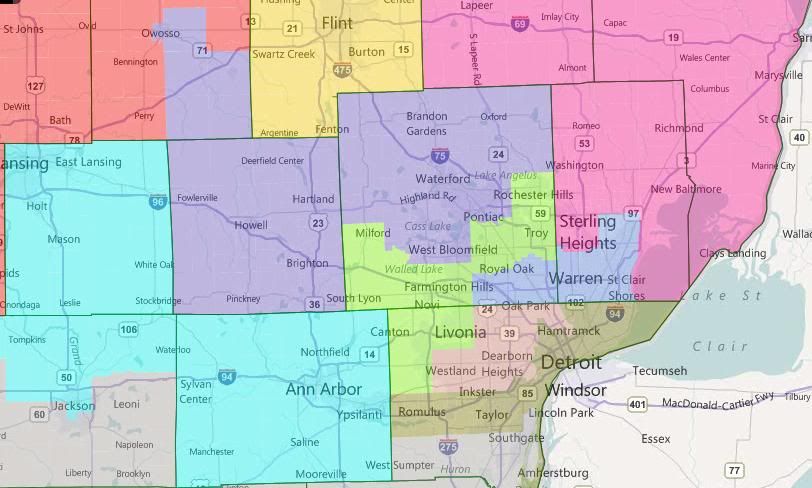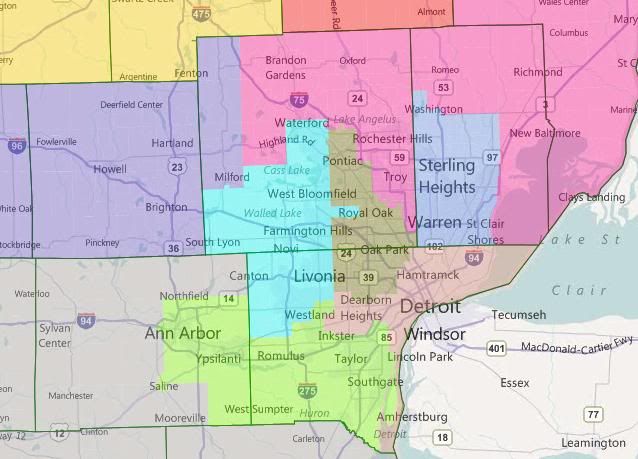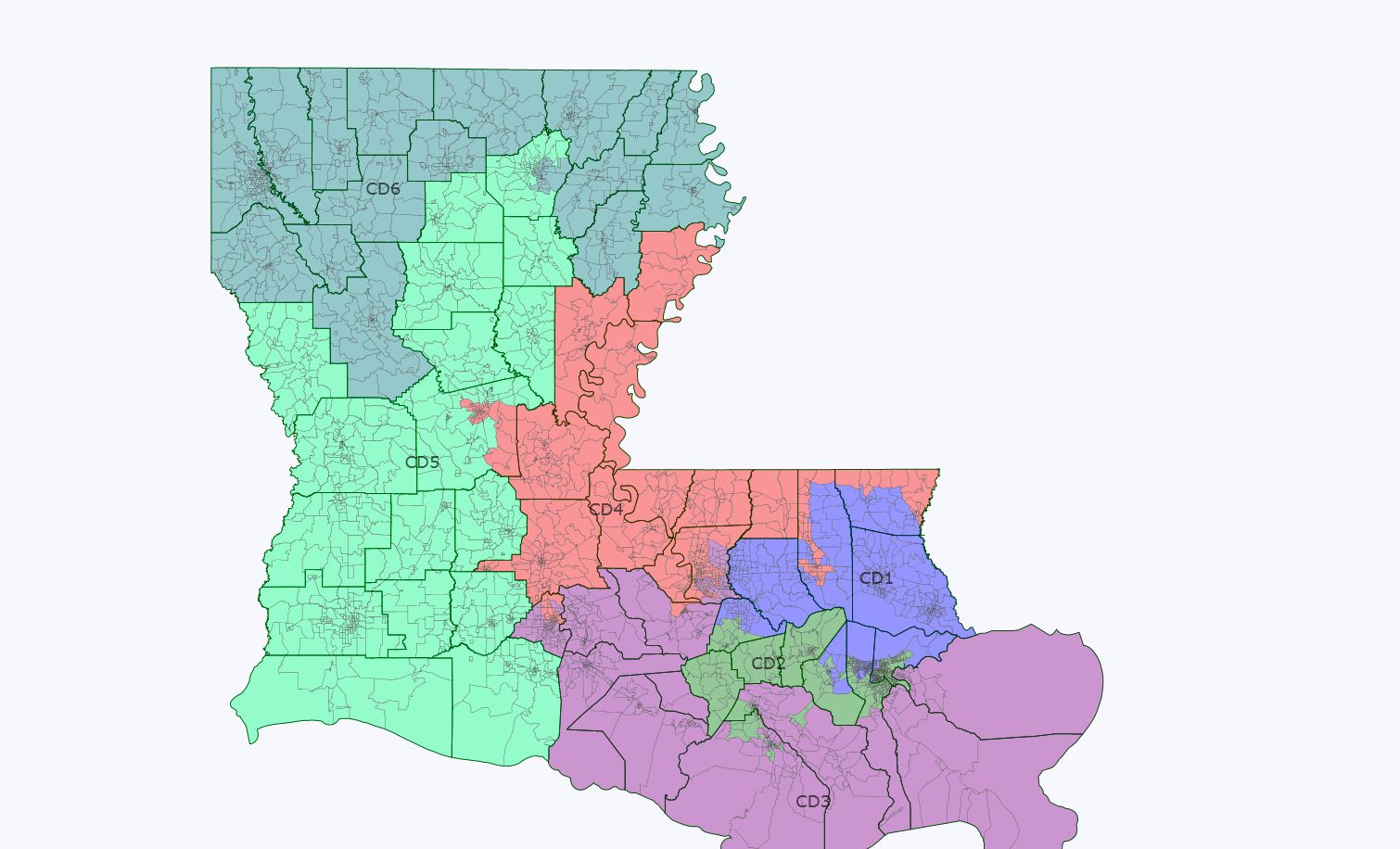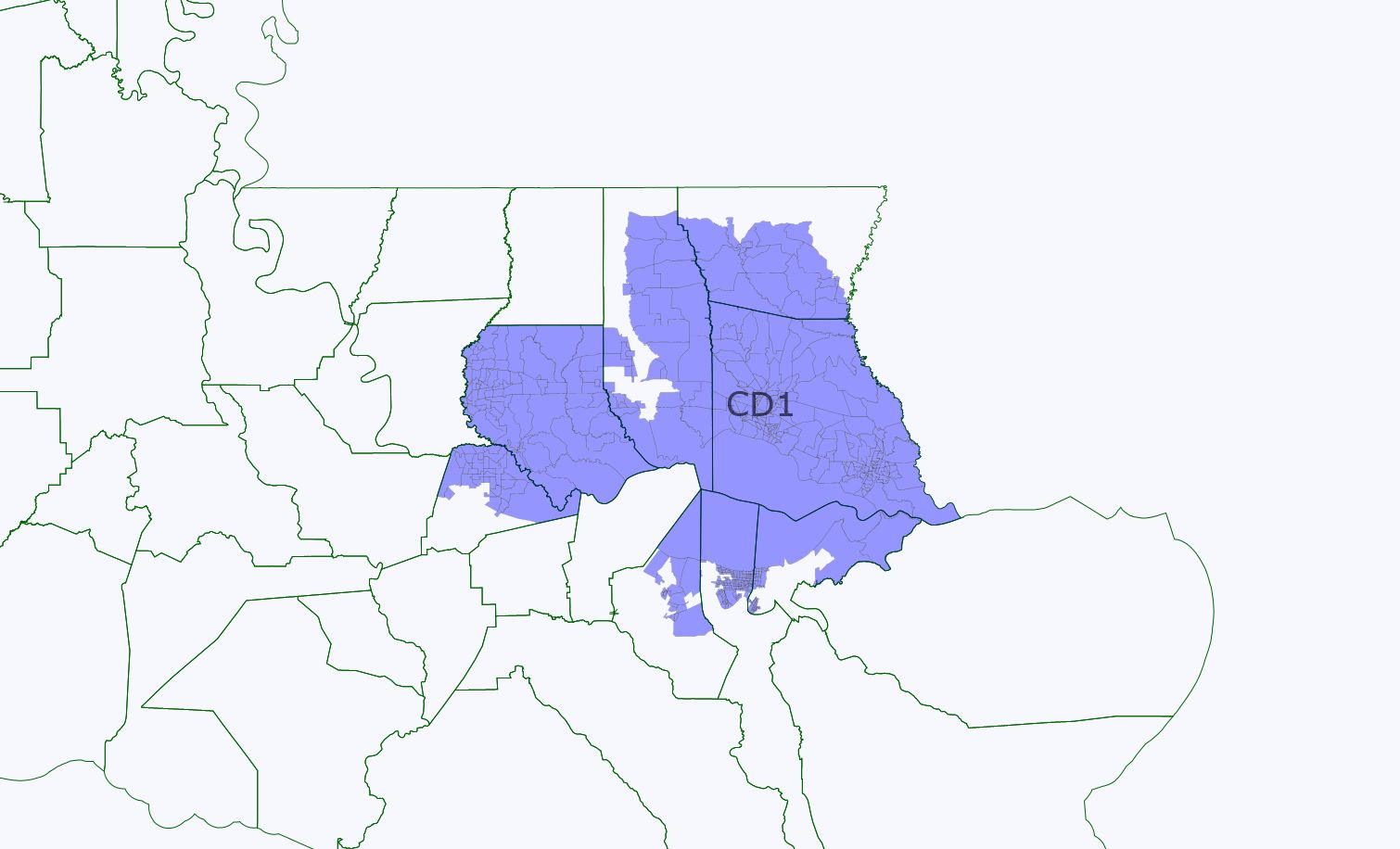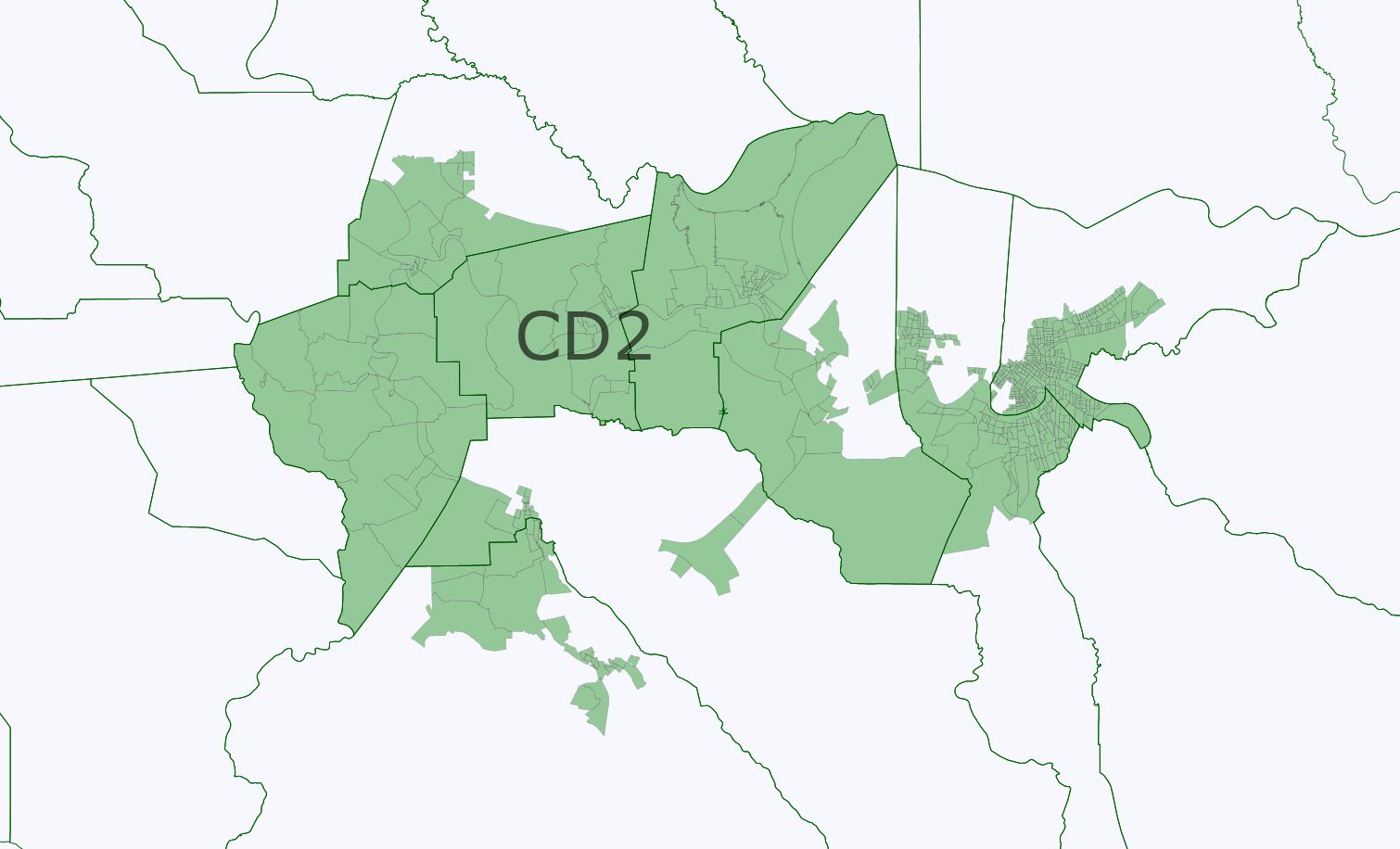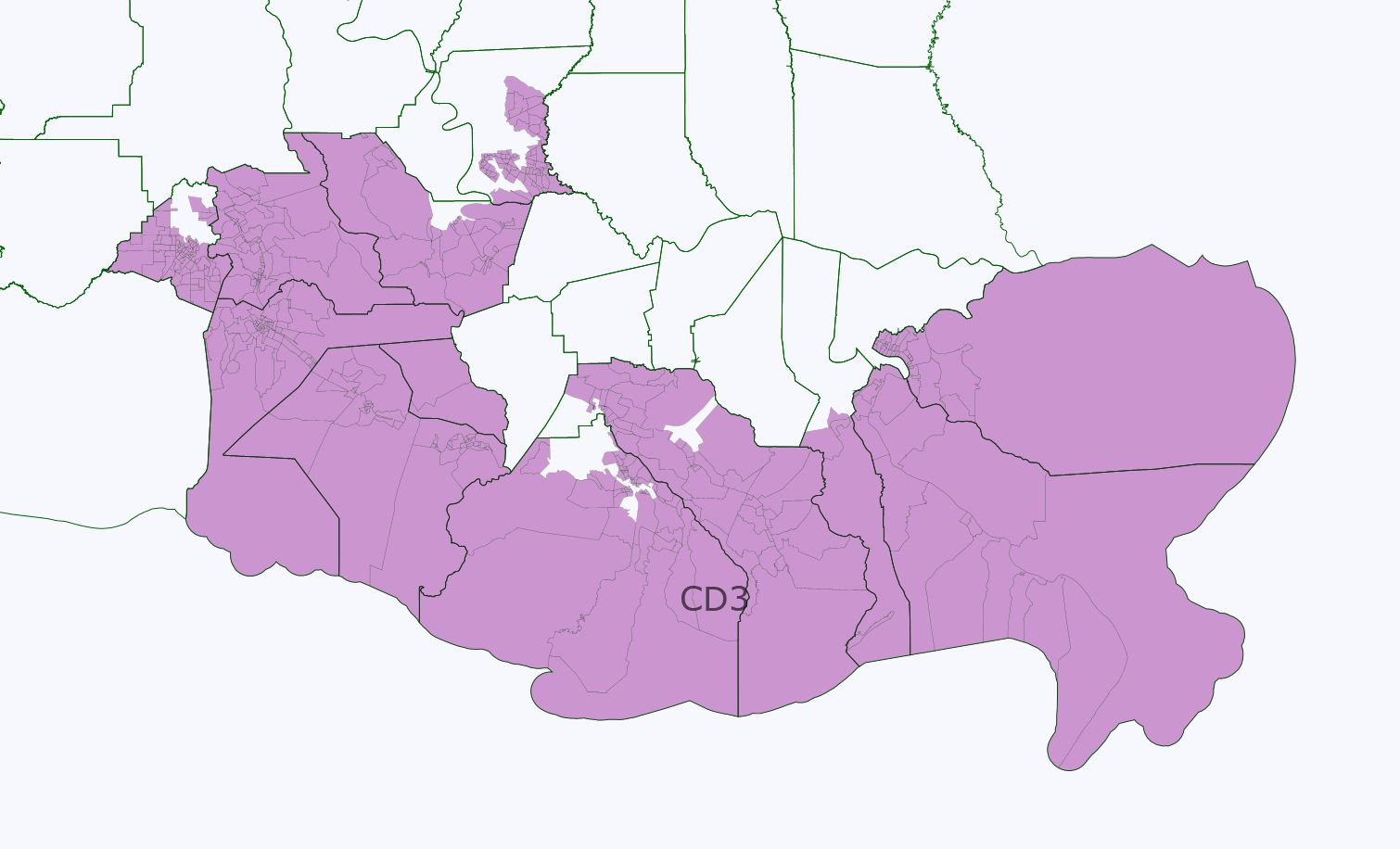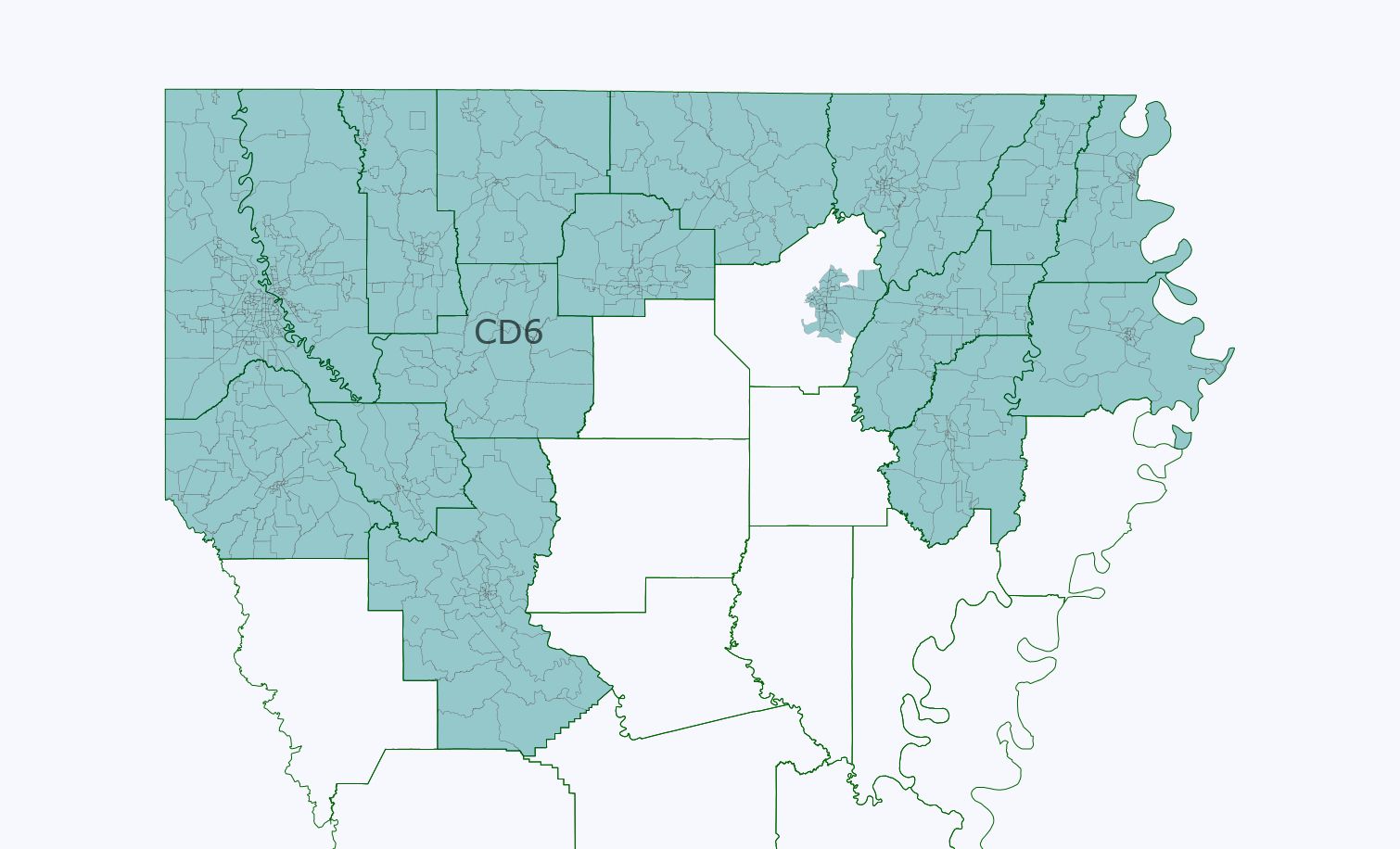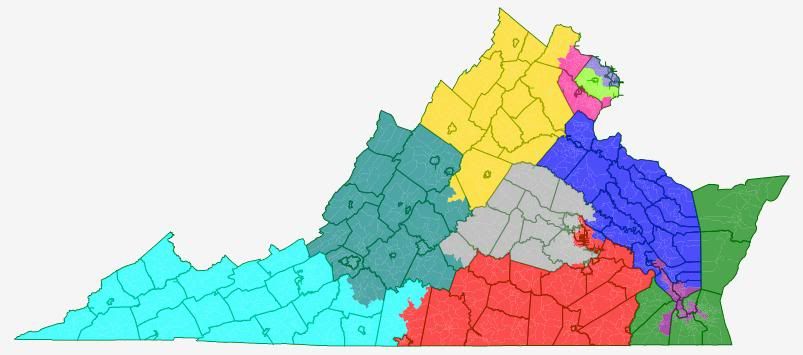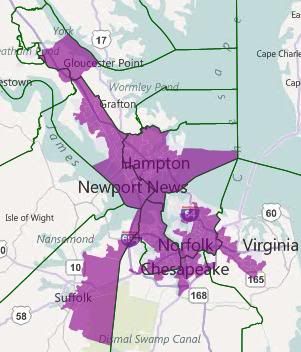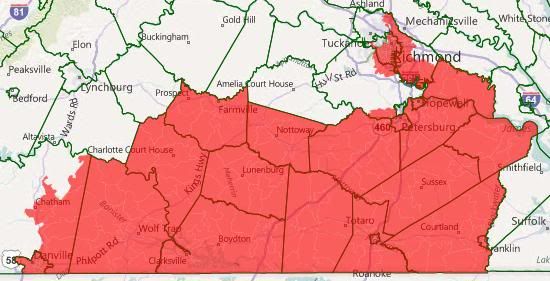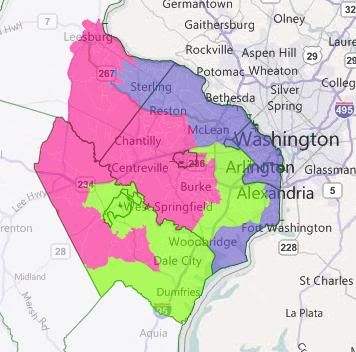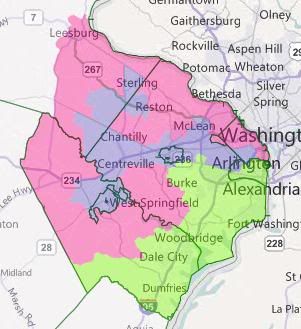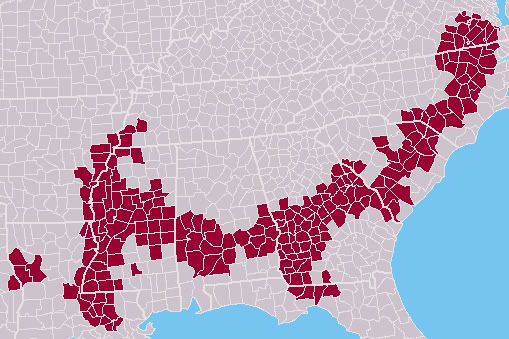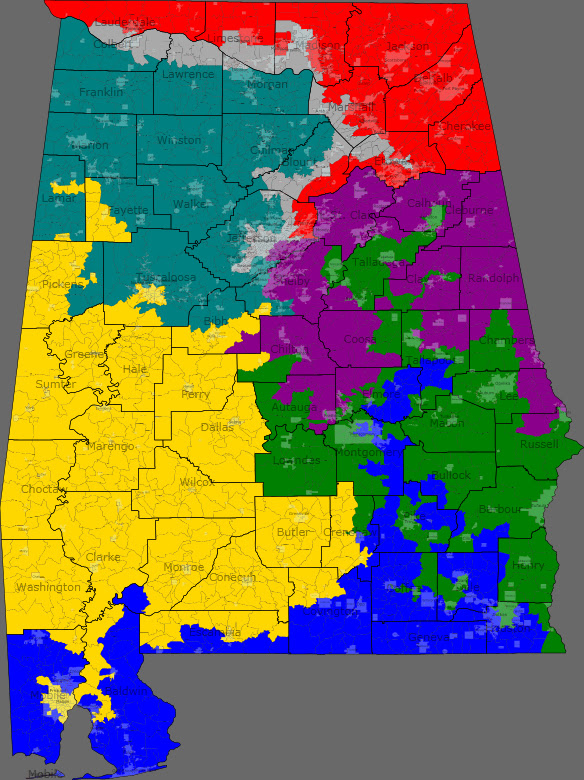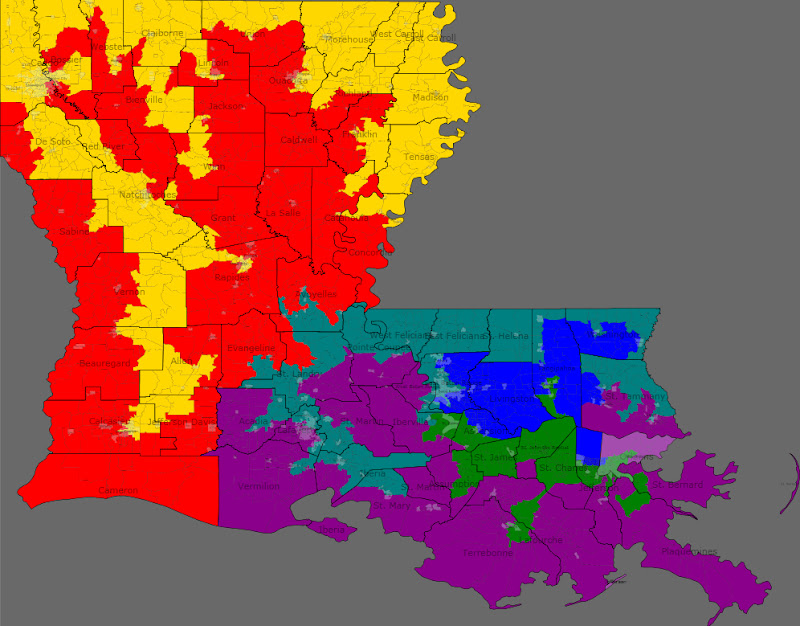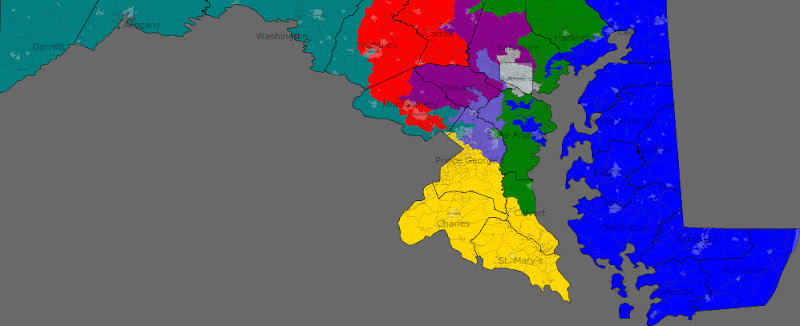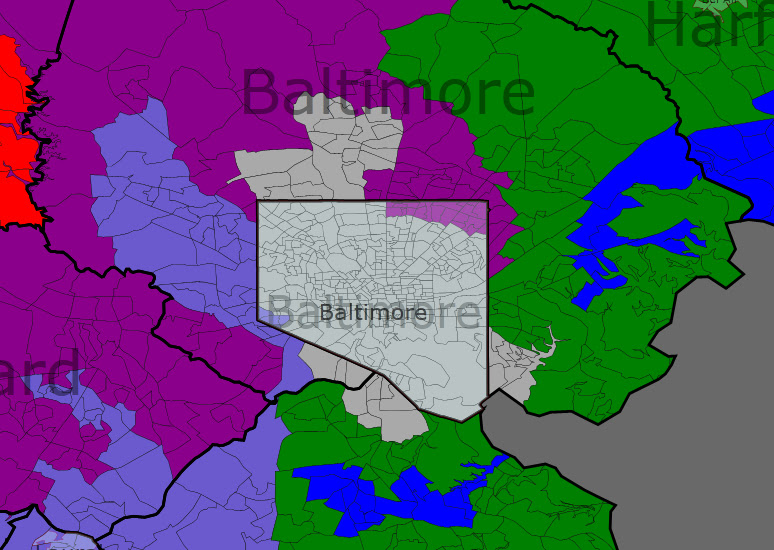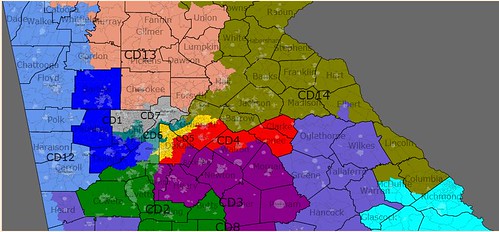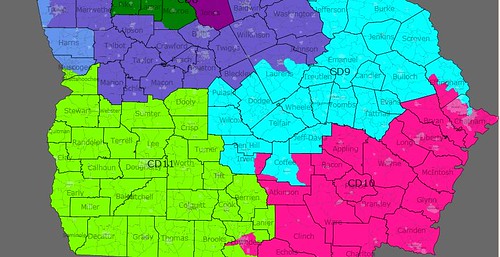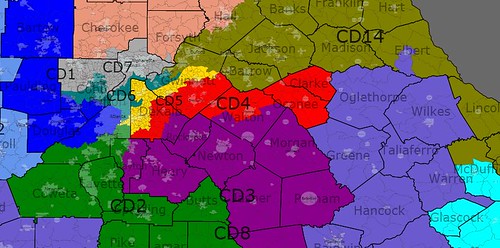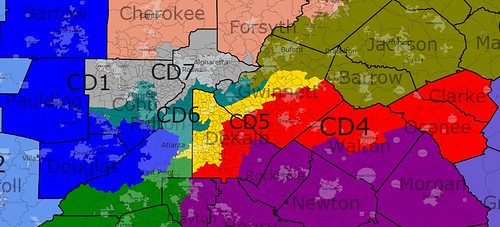Senate:
• AZ-Sen: Rep. Jeff Flake (R) will apparently announce a haul of more than $1 million in Q1.
• OH-Sen: A spokesman for Treasurer Josh Mandel says he’ll file paperwork with the FEC “very shortly,” but it’s not clear from the writeup whether this means an exploratory committee (what I’m guessing) or if it’s the real thing. Also of note: Rep. Pat Tiberi (R), whose name first came up as a possible candidate less than a week ago, quashed any notion that he might run against Sherrod Brown last Friday.
• VA-Sen: If you want to believe CNN’s sources, Tim Kaine will announce a Senate bid in the next two weeks.
• WA-Sen, WA-10: Sue Rahr, the conservative King County Sheriff who inherited the job from now-Rep. Dave Reichert, said through a spokesman that she has no intention of running against Sen. Maria Cantwell – a rumor that seems to have gotten shot down before we’d ever heard of it here at SSP. However, a political consultant of Rahr’s thinks the sheriff (who supposedly has crossover appeal) could run in Washington’s new 10th CD, if a district emerges out of Reichert’s 8th centered in the area north of I-90.
Gubernatorial:
• ME-Gov: Will Paul LePage be the next Rick Scott? Like Florida’s governor, Republican members of LePage’s own legislature are starting to turn on him; eight state senators penned an op-ed declaring : “‘Government by disrespect’ should have no place in Augusta, and when it happens, we should all reject it.”
• MO-Gov: I think it’s going to get worse before it gets better for Republican LG Peter Kinder. Trying to push back against revelations that he spend taxpayer money to spend two months a year in St. Louis luxury hotels to attend baseball games, society balls, and teabagger conclaves since 2006, Kinder claimed that his office had been reviewed by two different state auditors, both of them Democrats: Susan Montee and Claire McCaskill (yes, her). The problem? Montee’s audit faulted Kinder for “numerous mathematical errors and inconsistencies” regarding employee pay, and McCaskill’s found that Kinder used a state-owned care for personal use. I’m sensing a theme here.
• WA-Gov: Could Christine Gregoire’s claim to be undecided about seeking a third term really just be a way to ward off lame-duck syndrome? That’s Jim Brunner’s guess. The Seattle Times reporter points out that campaign finance filings show the Democrat had just $44K on hand at the end of February. At the comparable reporting deadline during the prior election cycle, she had $1.2 million in the bank. Meanwhile, other likely candidates are flush: Republican AG Rob McKenna has raised $800K and has $400K on hand, while Rep. Jay Inslee (D) had $1.2 million in his congressional account at the end of last year. The piece also notes that another possible Dem candidate, state Senate Majority Leader Lisa Brown, has recently discussed a potential run for Lt. Gov. instead. (She’d have to primary Brad Owen, who has been in office since 1997, or push him into retirement.)
House:
• FL-22: Whoa, I was definitely wrong to dismiss “no not that” Patrick Murphy as a Some Dude. One article described him as a 28-year-old accountant, but he’s got family money – and, evidently, good connections. Murphy says he raised a majorly impressive $350K in less than a month, and only $30K of that is his own money. Even fundraising machine Ron Klein raised “only” $153K in the comparable quarter in 2005 (before he was first elected).
• NM-01: Terry Brunner, a former state director for the retiring Jeff Bingaman, had previously said he was thinking about running for his old boss’s seat, but now says he’s considering a run for the 1st CD instead.
• NV-01: Jon Ralston thinks former 3rd CD Rep. Dina Titus will run for Shelley Berkley’s seat if the latter runs for Senate, but this is definitely a case of Schrödinger’s Seat.
• OR-01: Former state Rep. Greg Macpherson is the first big-name Dem to say he’s considering a primary challenge to embattled Rep. David Wu. He wants to wait until the district lines become clear, saying he’ll only run if he lives in the district. (He doesn’t live there now, but I suppose he could move even if redistricting doesn’t help him, so I’m not sure how big an obstacle that is.) He also says he’s considering a primary challenge to state AG John Kroger, the man who beat him in the Dem primary for that office in 2008.
• WI-07: Feeling the heat, Rep. Sean Duffy offered a half-assed non-apology, saying his “words were admittedly poorly chosen” when he whinged about getting paid only $174,000 a year as a member of Congress.
Other Races:
• Wisconsin Sup. Ct.: Surprise, surprise: “Citizens for a Strong America,” the potemkin right-wing group responsible for several attack ads in the race (including one even PolitiFact rated “pants on fire”) turns out to be just a clone/offshoot of Americans for Prosperity, the Koch brothers’ arch-evil front group.
• Special Elections: After a few weeks without any state lege races, Johnny Longtorso is back:
While everyone will be focused on the Wisconsin Supreme Court election (which is a phrase I never thought I’d type), there is one special occurring on Tuesday in South Carolina’s HD-64, though it’s in a safe Democratic seat. Democrat Kevin Johnson, the mayor of Manning, will face off against Republican Walter Sanders.
Also, a quick shout-out to Republican Mike “Pete” Huval, the newest member of the Louisiana House of Representatives from HD-46. He defeated another Republican (no Democrat ran) on Saturday for the seat vacated by now-State Sen. Fred Mills.
Remainders:
• Maps: The National Journal has an interesting set of maps which focus on a theme that DCCyclone has been hitting in comments: Namely, because of population growth among minorities, the share of the white vote that Obama needs in 2012 is lower than it was in 2008, assuming minority support for Obama stays the same. In a very pessimistic scenario where his minority support falls 10%, Obama would only lose three states he otherwise won in 2008 (FL, IN & NC), assuming he keeps the same share of the white vote. (But note that that latter assumption is unnecessary: Even under the reduced minority support scenario, Obama’s white support could also drop considerably in many states and he’d still win.)
• Votes: A new study (full paper here) says that Dems who votes “yes” on healthcare reform saw their reelection margins reduced from 6 to 8 points. Something about this study seems incomplete to me, though, but I can’t quite put my finger on it. I’ll be really curious to read your thoughts in comments.
• VRA: This is interesting: Black lawmakers in Georgia have filed a lawsuit challenging to dissolve the charters of five very white cities in DeKalb and Fulton Counties. The plaintiffs argue that these cities, all formed between 2005 and 2008, were created to dilute minority voting power, and hence violate the VRA. Apparently, this is a novel application of the Voting Rights Act, so we’ll see how it unfolds.
• Passings: Very sad news: Former Rep. John Adler, a longtime state Senator who served one term in NJ-03 before losing last year, passed away at the age of 51. Last month, Adler contracted an infection which led to heart disease from which he never recovered. His father also died young of heart disease, something Adler would mention on the campaign trail when describing his family’s struggles after his father’s death. As a state legislator, one of his signature accomplishments was a smoke-free air bill which banned smoking in many public places. He leaves behind a wife and four children.
In other news, former TN Gov. Ned McWherter also passed away yesterday. McWherter, who was 80, served two terms as governor in the late 80s and early 90s. One of the things McWherter is probably best known for is the creation TennCare, the state’s expanded Medicaid program. His son Mike ran an unsuccessful campaign for governor last year.
Redistricting Roundup:
• Arkansas: Rob Moritz of the Arkansas News Bureau has a good rundown of what’s going on with Democrats’ controversial redistricting plan, dubbed the “Fayetteville Finger.” The plan has passed in the House but has stalled in the Senate, where a vote won’t come until Thursday at the earliest. At the end of the piece, Moritz details several different alternate proposals pending in the Senate.
• Louisiana: A piece from Sunday’s Times-Picayune said that votes were possible on Monday in the House and Senate on congressional maps, but I’ve not yet seen any subsequent coverage.
• Michigan: Aaron Blake’s redistricting series takes him to Michigan, where he has a good explanation of just how difficult it will be for the GOP to shore up its current situation.
• Missouri: Check out this Google Maps version of the state House’s proposed new federal district lines.
• New Jersey: Republicans started bitching and moaning about the state’s new map even before it was officially chosen, but so far, they haven’t said whether they’d challenge the map in court. Not really sure what grounds they’d have even if they wanted to give it a go.
• Nevada: The LVRJ has a piece on the debate in Nevada over whether to create a majority-Hispanic district, or whether to keep Hispanic voters spread out to keep all districts more Dem or more competitive. Most Republicans obviously like the former idea, while Dems (including some Latino lawmakers) are understandably skeptical. Also, it looks like abgin must have trekked all the way from Basque Country to make a presentation at a public hearing in Vegas last weekend: The LVRJ says that “[s]everal interest groups presented proposed maps, including one that likely wouldn’t pass legal or political muster because it would create four new vertical congressional districts stretching from North to South.”
• Texas: Ah, redistricting cat fud – it has a stench all its own. GOP Rep. Lamar Smith is apparently taking the non-insane view that Hispanic growth and the VRA require that two (well, at least two) of Texas’s four new districts be majority-minority, and he’s been working with Dem Rep. Henry Cuellar to create a compromise map. This has infuriated fellow Republican Rep. Joe Barton (aka Smokey Joe), who insists that at least three if not all four of the new seats be Republican-favored. And folks, the cat fud is real. Sayeth Politico:
Barton has harshly criticized Smith during Texas GOP delegation meetings, launching a profanity-laced tirade at Smith during one session early last month, and he’s privately tried to oust Smith as the lead Republican negotiator on redistricting.
Politico’s sources say that Smith is still favored among members of his own party, but that Gov. Rick Perry may be leaning toward Barton. Perry’s alleged plan is to skip DoJ pre-clearance and go directly to federal court, perhaps hoping for a friendly conservative panel (backstopped by an unquestionably conservative Supreme Court), so that could turn Barton’s dream into a reality… but I still think it’s a serious stretch. The piece also reports that proposed maps have been circulated among Republicans, but of course, no one’s sharing any copies.






